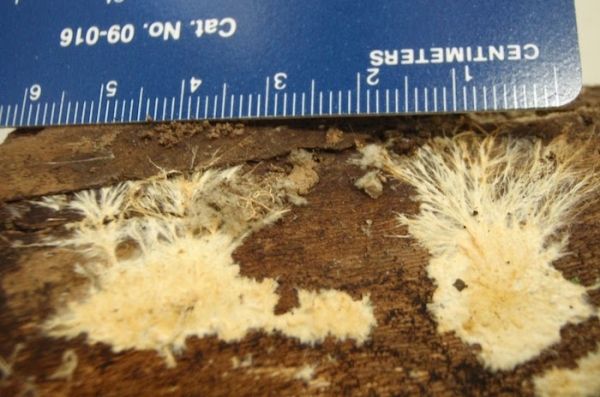SUMMARY
Through a combination of lab and field experiments, researchers have developed a better understanding of the factors accounting for different wood decomposition rates among fungi. The new findings reveal how an understanding of fungal trait variation can improve the predictive ability of early and mid-stage wood decay, a critical driver of the global carbon cycle.
THE SITUATION
Fungi play a key role in the global carbon cycle as the main decomposers of litter and wood. While current earth system models represent only little of the functional variation in microbial groups, fungi differ greatly in their decomposing ability. The researchers set out to find which traits best explain fungal decomposition ability to help improve the current models.
THE FINDINGS
- The hyphal extension rate–or fungal growth rate–is the strongest single predictor of fungal-mediated wood decomposition.
- Decomposing ability varies along a spectrum from slow-growing, stress-tolerant fungi that are poor decomposers, to fast-growing, highly competitive fungi that have fast decomposition rates.
- Slow growing, stress-tolerant fungi with poor intrinsic wood decaying abilities are more likely to exist in drier forests with high precipitation seasonality. In contrast, fast-growing, highly competitive fungi tend to be found in more favorable environments and decompose wood more quickly, regardless of the local microclimate.
Read more at George Washington University
Photo: Decay experiment. CREDIT: Amy Zanne / George Washington University


